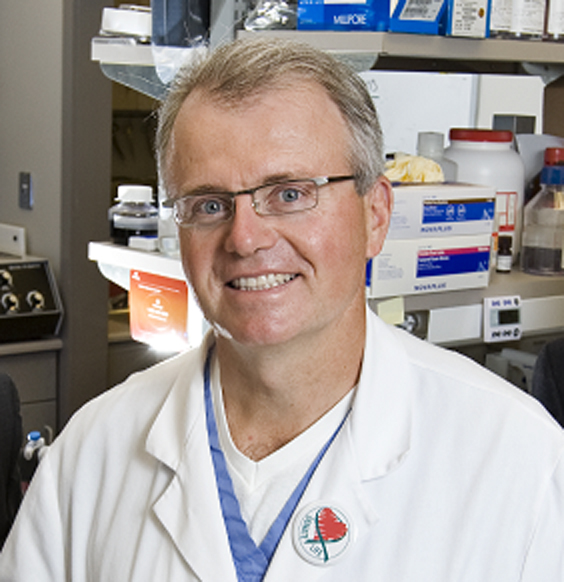A Second Chance for More Liver Patients
Grant Project Details:
Grant Location
Grant Description
For many patients with acute liver failure (ALF), the only option for a cure is a liver transplant. ALF is contracted when a normally healthy liver is injured due to an infection, drug overdose, or other problem. Despite the liver’s amazing ability to regenerate, liver failure has no effective therapy short of liver transplantation.
While a transplant can successfully treat a patient, the long-term risks of undergoing a surgery, such as immunosuppression, are difficult on the body. There is also a lack of donor livers for everyone who needs a transplant.
There are some ALF patients, though, who don’t need a full transplant, as their livers could regenerate if they were stocked with healthy liver cells, or hepatocytes.
For others, their liver simply needs a break and could come back online if there was some kind of bridge therapy that would allow the liver to rest long enough to regenerate on its own. This is where bioartificial livers come in.
A bioartificial liver is a device that contains living hepatocyte cells from a liver. It may be able to provide enough support to keep a patient alive while their own liver regenerates. The first version allowed livers in pigs with one type of ALF to regenerate when given a break by a bioartificial liver.
What makes it all possible is the spheroid formation. Liver cells have to be attached to a base membrane to stay alive, but with the spheroid formation, the liver cells act as if they are in a regular liver when they are actually outside the body in a culture. This means that the liver cells can grow outside the body and be transplanted to an ALF patient or used in a bioartificial liver.
The problem with these bridge therapies, though, is that it’s not clear exactly how they will work in large animals. Earlier versions did well in pigs, but they must be tested individually before being used on humans in clinical trials.
This grant will support researchers as they test liver cell transplantation and the spheroid form bioartificial liver on pigs. As large, muscular animals, pigs can demonstrate how the therapies may result for humans.
The pigs will only have 20 percent of their liver, which is usually not enough to survive on under normal conditions. In this study, though, the animals treated with the bioartificial liver will see regeneration back to 100 percent of the normal size of the liver over three months.
If scientists establish successful bridge therapies for humans, more livers would be available for patients who desperately need them. We’d also have the capacity to provide a more long-term treatment option for chronic liver patients.
Grant Awardee Biography

Dr. Nyberg is the leader of the Mayo Clinic Liver Regeneration Program. He is a transplant surgeon, and his research focuses on cell-based treatments for patients with liver failure and metabolic liver diseases.



